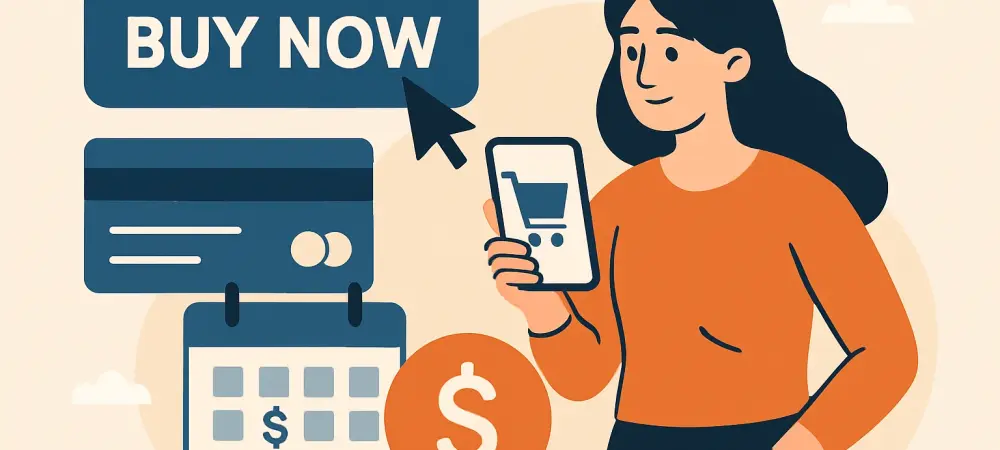Introduction to a Shifting Payment Landscape
Imagine a holiday shopping season where nearly half of consumers are scaling back due to economic fears, yet a new payment solution is empowering them to buy with confidence. This is the reality of 2025, as Buy Now Pay Later (BNPL) services have surged in popularity, offering a lifeline amid financial uncertainty. With changing consumer behaviors and a challenging economic landscape, BNPL has become a critical tool for budget-conscious shoppers. This analysis dives into the innovations driving this trend, spotlighting strategic moves by PayPal, market dynamics, expert perspectives, future possibilities, and the broader implications for retail and fintech.
The Surge of BNPL in Modern Finance
Unprecedented Growth and Adoption Patterns
The rise of BNPL as a preferred payment method is undeniable, particularly among younger demographics. Data from recent polls indicates that 16.3% of 18- to 34-year-olds adopted BNPL as of mid-2025, a clear sign of its growing appeal. Reports from CivicScience further reveal that with 47% of holiday shoppers planning to cut spending due to economic concerns, BNPL offers a viable alternative to traditional credit, allowing for manageable payments without the burden of high interest rates.
This growth is not merely a statistic but a reflection of broader societal shifts. Economic instability has pushed consumers toward flexible financing options that align with their immediate needs. BNPL’s ability to split costs over time without the stigma of credit card debt resonates deeply, especially with those wary of financial overextension during peak shopping seasons like the holidays.
Practical Examples and Implementation
In the real world, BNPL is transforming how purchases are made, with companies like PayPal leading the charge. Their Pay Monthly installment loans now extend to in-store purchases, enabling users to apply via the app, receive a single-use virtual card for mobile wallet integration, and finalize transactions within 24 hours. Additionally, a 5% cash back promotion on eligible BNPL transactions through the end of the holiday season incentivizes spending in both physical and digital spaces.
PayPal’s approach goes beyond basic functionality, incorporating features tailored to modern shoppers. The seamless integration with mobile wallets addresses the demand for convenience, while the cash back offer acts as a direct reward for choosing BNPL over other payment methods. These innovations highlight how BNPL can be both practical and enticing, particularly during high-spending periods when budgets are tight.
Expert Insights on BNPL’s Market Influence
Addressing Consumer Hesitancy
Financial analysts and fintech leaders have noted BNPL’s critical role in easing consumer reluctance during economic downturns. By offering a way to spread out payments, BNPL reduces the immediate financial strain that often deters spending. This mechanism is seen as a stabilizing force, allowing shoppers to maintain purchasing power without resorting to high-interest credit options that could deepen debt.
Competitive Benchmarks Through Rewards
The introduction of aggressive rewards, such as PayPal’s 5% cash back on BNPL transactions, has set a new standard in the industry. Experts argue that such incentives not only attract users but also significantly boost transaction volumes for providers. This strategy creates a ripple effect, pushing competitors to innovate or risk losing market share to those who can offer comparable or superior benefits.
Resonance with Younger Generations
BNPL’s appeal is particularly strong among Gen Z, a demographic known for prioritizing flexibility and harboring skepticism toward traditional credit. Thought leaders emphasize that this group’s discomfort with credit card debt, coupled with a preference for manageable payment plans, makes BNPL a natural fit. The alignment with their values and financial habits positions BNPL as a defining feature of their shopping experience, especially during the holiday rush.
Looking Ahead at BNPL Developments
Technological Advancements on the Horizon
The future of BNPL could see even deeper integration with cutting-edge tools, such as AI-driven platforms. PayPal’s partnership with Perplexity, an AI tool, exemplifies how technology can enhance user experiences for tech-savvy demographics. Such advancements might offer personalized shopping assistance or tailored payment plans, making BNPL more intuitive and accessible for a broader audience over the coming years.
Balancing Benefits and Challenges
While BNPL offers undeniable advantages, including greater accessibility for those on tight budgets, potential pitfalls loom. Over-indebtedness remains a concern, as easy access to credit could lead to unsustainable spending habits. Additionally, regulatory scrutiny is likely to intensify as BNPL grows, with policymakers aiming to protect consumers from financial risks. Navigating these challenges will be crucial for the sustained success of this payment model.
Industry-Wide Implications
The ripple effects of BNPL’s rise extend across retail and fintech sectors, reshaping competitive dynamics. As PayPal sets a high bar with rewards and integrations, other providers may respond with strategic partnerships or enhanced offerings to capture market share. Retailers, too, could adapt by aligning with BNPL services to attract budget-conscious shoppers, potentially redefining how holiday sales and beyond are conducted in an increasingly digital economy.
Reflecting on BNPL’s Transformative Role
Looking back, the emergence of BNPL stood as a pivotal shift in how consumers approached holiday shopping and financial management. PayPal’s strategic initiatives, from in-store installment loans to substantial cash back rewards, underscored the trend’s alignment with younger, budget-conscious demographics. As economic pressures persisted, BNPL carved out a space as a preferred payment solution. Moving forward, stakeholders are encouraged to monitor regulatory developments and technological integrations that could shape BNPL’s trajectory. Exploring how this trend could fit into personal financial planning or business strategies emerges as a practical next step for adapting to an evolving marketplace.

